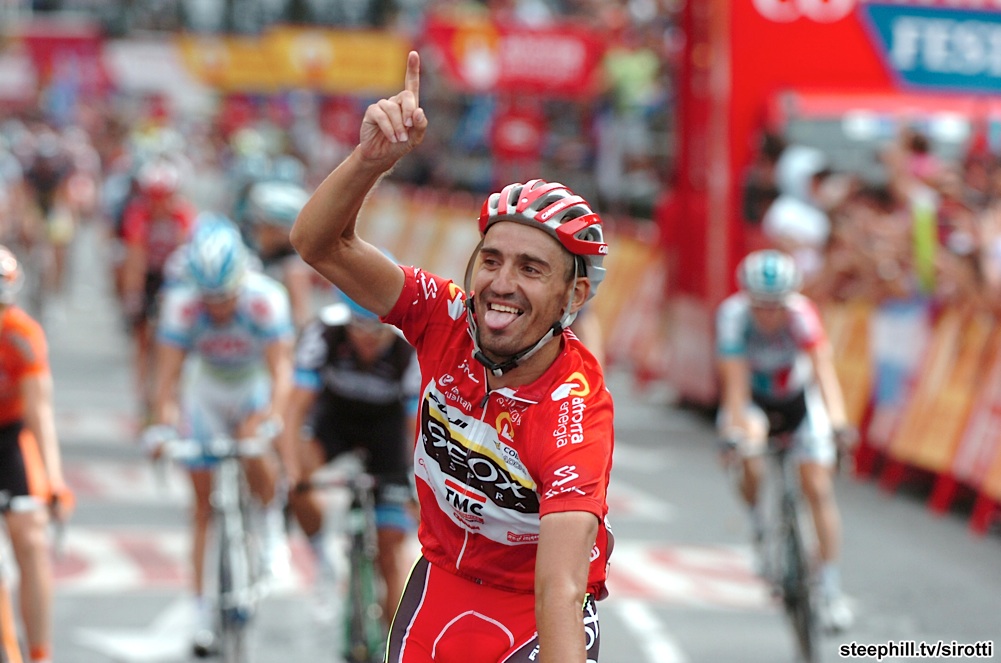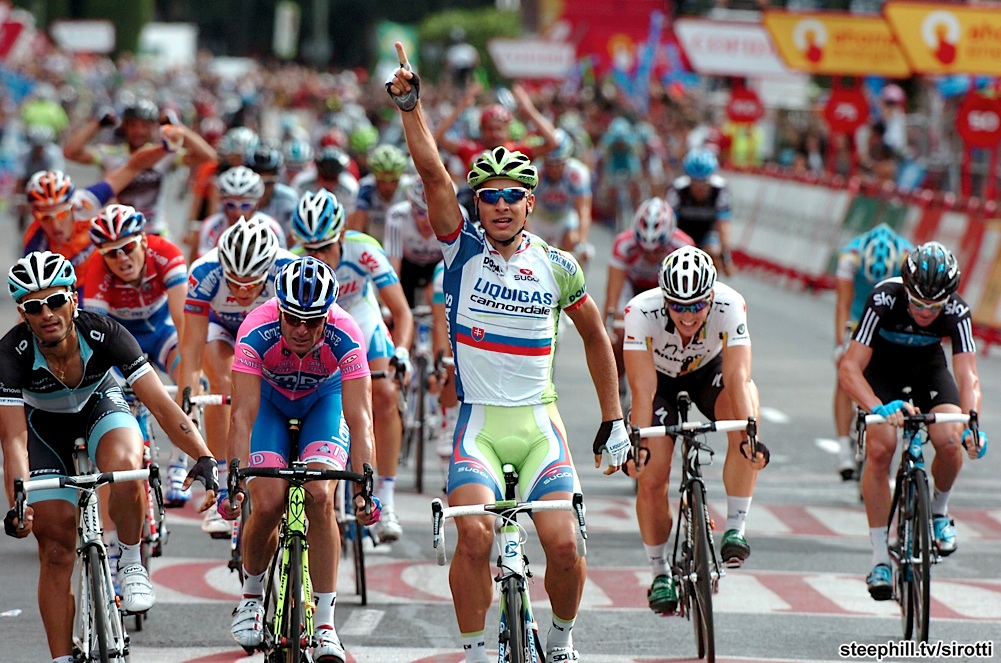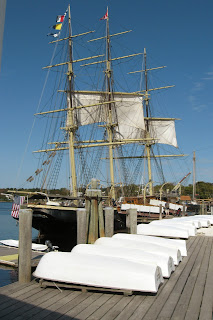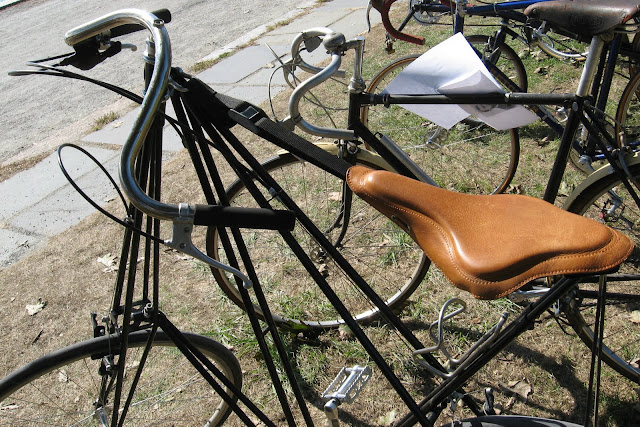The 2011 Vuelta was one of the more memorable in recent years,with several days of +100 degrees and 7 red jersey leaders.
2011 Vuelta a Espana winner, Juan Jose Cobo
Peter Sagan wins stage 21's sprint finish, his 3rd stage win of the Vuelta
Stage 21 Results:
2. Daniele Bennati, Leopard Trek (leo), at 0
5. Nikolas Maes, Quickstep Cycling Team (qst), at 0
2011 Vuelta a Espana GC Results:
1. Juan Jose Cobo Acebo, Geox-Tmc (geo), in 84:59:31
2. Christopher Froome, Sky Procycling (sky), at 13
4. Bauke Mollema, Rabobank Cycling Team (rab), at 2:03
5. Denis Menchov, Geox-Tmc (geo), at 3:48
6. Maxime Monfort, Leopard Trek (leo), at 4:13
8. Broeck Jurgen Van Den, Omega Pharma-Lotto (olo), at 4:45
9. Daniel Moreno Fernandez, Katusha Team (kat), at 5:20
10. Mikel Nieve Ituralde, Euskaltel-Euskadi (eus), at 5:33

General Classification Top Stats:
Third Place -Bradley Wiggens,Team Sky at +1:39
Finished 3rd in the individual time trial +1:22 behind TT winner Tony Martin but 3 sec. ahead of Fabian Cancellara the 2010 TT World Champion. He wore the red jersey for 4 days, stages 11-14. In July he crashed out of the the Tour of France with a broken clavical.
Second Place - Christopher Froome,Team Sky at +13
Finished 2nd in the individual time trial +59 behind TT winner Tony Martin which put him into the leaders red jersey for 1 day. He won stage 17 in a dramatic finish by 1 sec. moving him into 2nd place overall where he would remain 13 seconds behind for the last 4 stages.
Winner - Juan Jose Cobo, Geox TMC at 84:39:51
The 30 yr old Cobo began the first week of the Vuelta quietly working for Dennis Menchov, but by week 2 he had become the team leader. He finished 3rd in the mountain top stage 9 finish. After the stage 10 individual time trial which he finished 27th at +3:05 he moved into 8th overall. In the mountainous stage 14 he finished 2nd moving him into 4th place in the GC at +55. In the epic stage 15 final climb of the Angliru he moved into the lead with a super human performance, winning the stage by 48 seconds. In stage 17 he was dropped by Chris Froome on the Pena Cabarga but gutted out a 2nd effort bringing him back to and past Froome, who in the last 100 meters passed Cobo to win the stage by 1 sec. Cobo hung onto the red jersey by 13 seconds never losing anymore time from that point on. Cobo also won the combined jersey.
Green Jersey Points Winner:
Bauke Mollema - Rabobank at 120 pts
Fourth place overall at +2:05
In stage 9 he moved into the overall lead after a 2nd place finish.
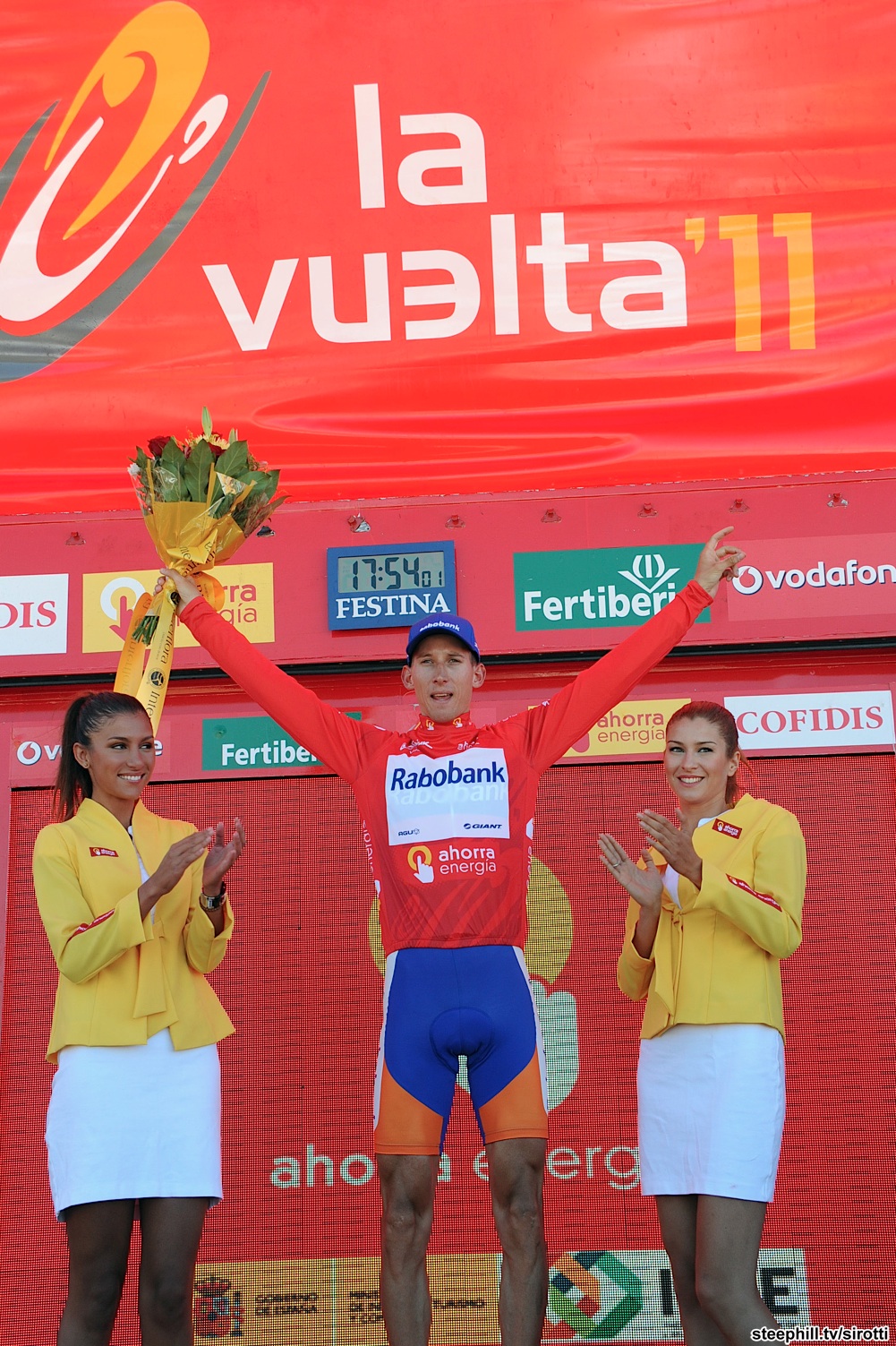
Bauka Mollema moves into the lead after his stage 9 second place finish.
It was an up down race for Jauquim Rodriguez of team Katusha with 2 stage wins and 2 crashes. After his stage 8 win he wore the red
jersey for a day. He and Bauka Mollema exchanged possession of the green points jersey several times. At the end of stage 20 they were tied with 115 pts each. Rodriguez began stage 21 after being sick all night with a stomach virus, there was a lot of that at this years Vuelta. He finished 19th overall with 115 pts.
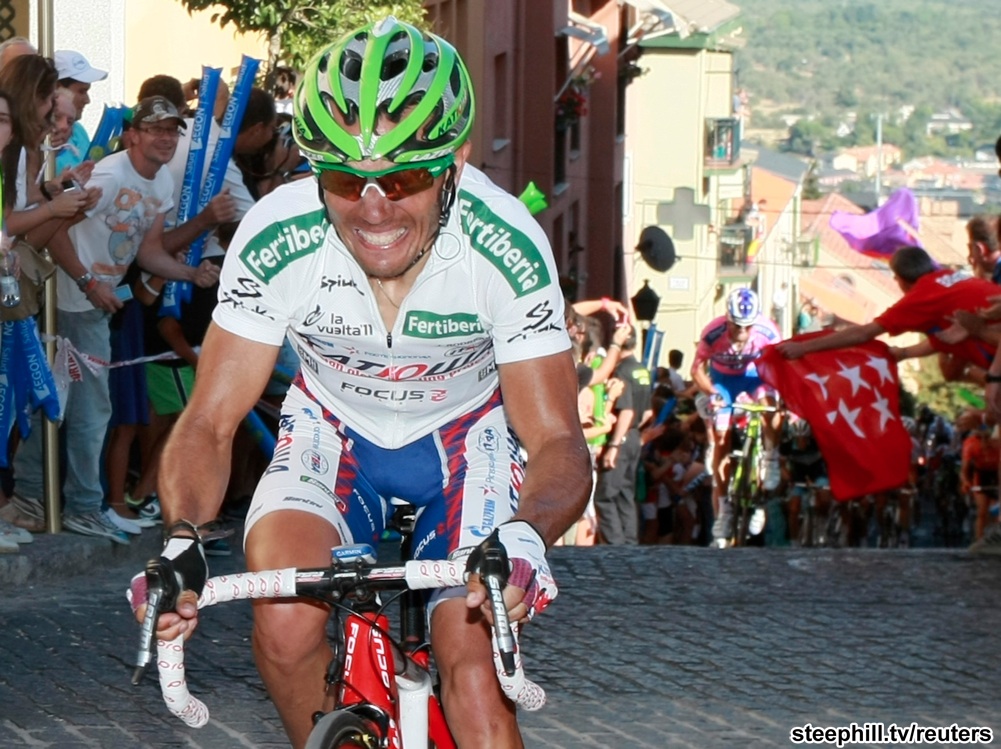
Juaquim Rodriguez guts it out to win stage 8, moving into the overall race lead.
King of the Mountains winner:
David Moncoutie - Confidis, won his fourth consecutive King of the Mountains jersey. He also won Stage 11.
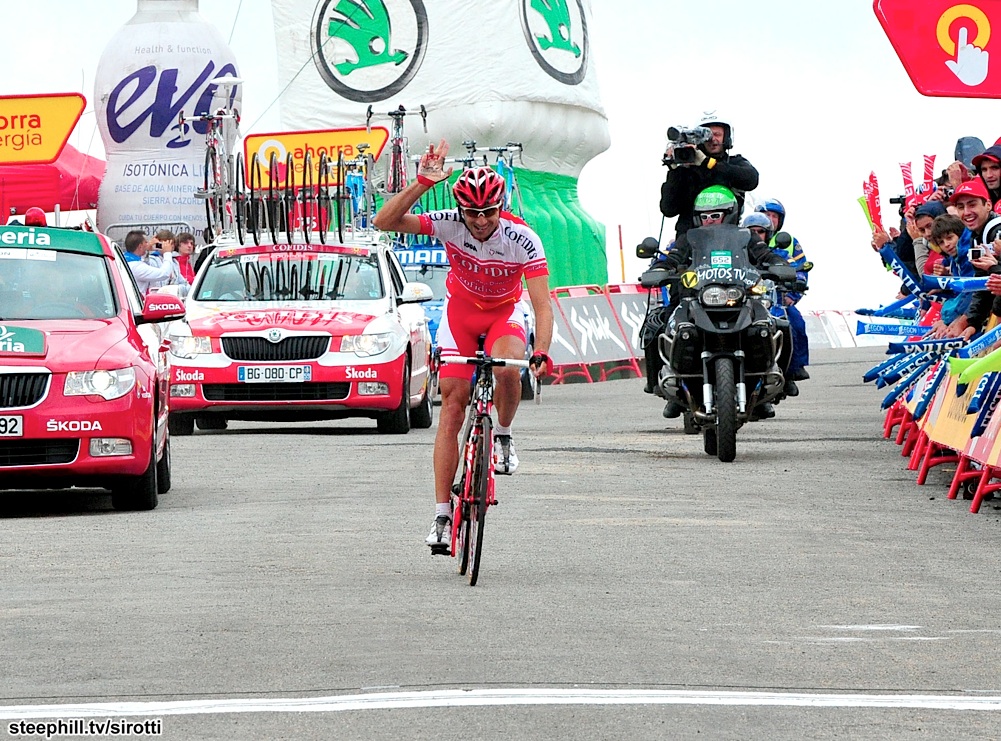
David Moncoutie wins stage 11 by 1:08 helping add to his King of the Mountain jersey points




































